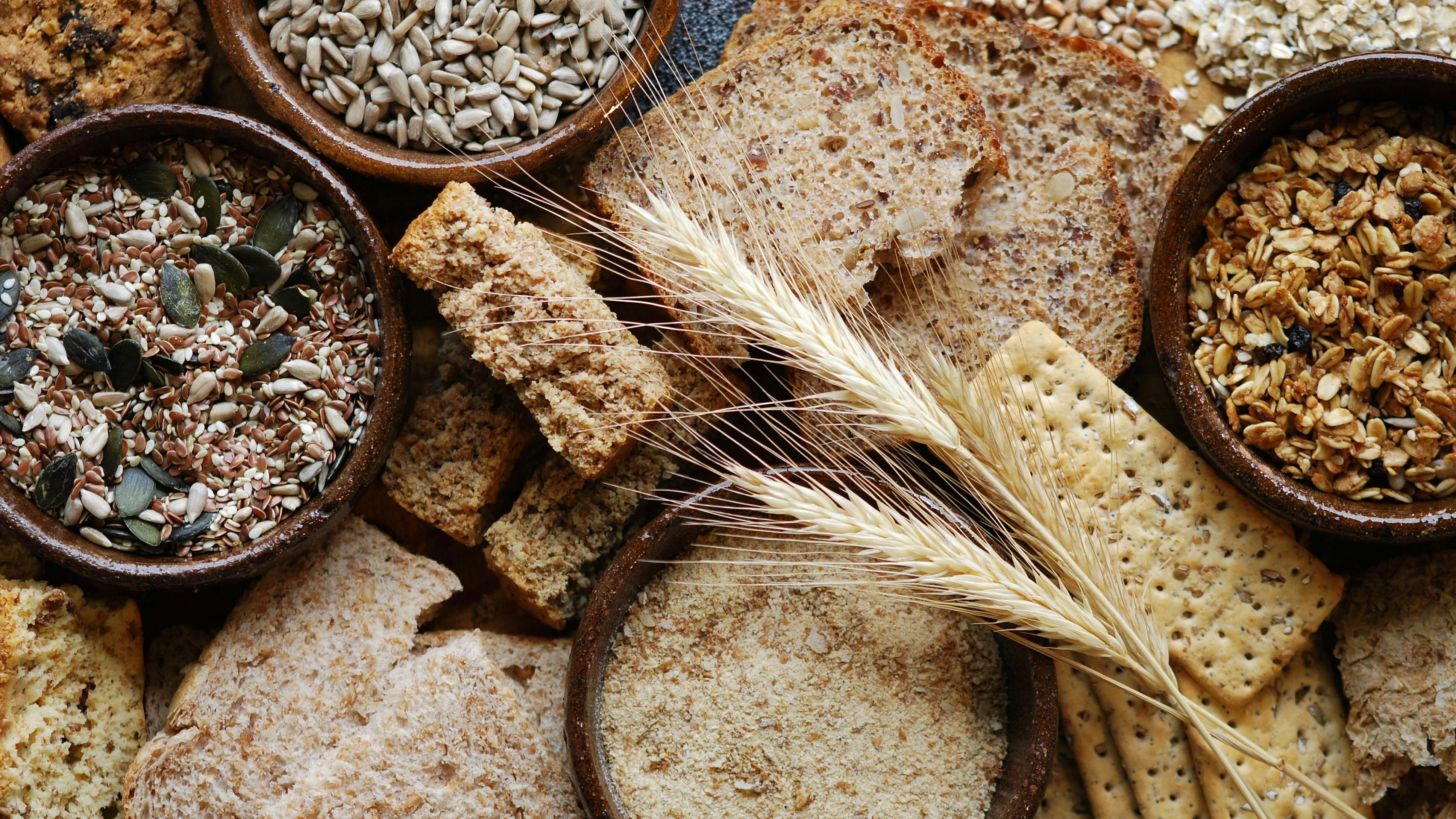Grains have been a dietary staple for centuries, providing sustenance and nutritional benefits to diverse cultures around the world. In “Grains for Health,” we delve into the wealth of nutritional benefits offered by whole cereal foods. From fiber-rich oats to nutrient-dense quinoa, these grains contribute not only to a well-rounded diet but also to overall health and well-being. Join us as we explore the nutritional treasures hidden within these tiny kernels and understand why whole cereal foods are a cornerstone of a balanced and wholesome diet.
1. **Whole Grains vs. Refined Grains:**
– *Nutrient-Rich Bran and Germ:* Whole grains, which include the bran and germ along with the endosperm, retain essential nutrients such as fiber, vitamins, minerals, and antioxidants. In contrast, refined grains strip away these nutritious components, leaving a less wholesome product.
– *Fiber Content:* The bran of whole grains is a rich source of dietary fiber, promoting digestive health, regulating blood sugar levels, and contributing to a feeling of fullness.
2. **Oats: The Versatile Superfood:**
– *Beta-Glucans for Heart Health:* Oats are renowned for their high beta-glucan content, a soluble fiber that helps lower cholesterol levels and support heart health. Incorporating oats into the diet can contribute to the management of cardiovascular well-being.
– *Satiety and Weight Management:* The combination of soluble and insoluble fiber in oats supports satiety, making them an excellent choice for those looking to manage their weight.
3. **Quinoa: The Complete Protein:**
– *Essential Amino Acids:* Quinoa stands out as a complete protein source, containing all nine essential amino acids. This makes it an ideal option for individuals following vegetarian or plant-based diets.
– *Rich Micronutrient Profile:* Quinoa is a nutrient powerhouse, providing essential vitamins and minerals such as iron, magnesium, and B-vitamins, contributing to overall health and vitality.
4. **Brown Rice: Nutrient-Rich Whole Grain:**
– *Fiber and Selenium:* Brown rice, with its bran intact, is a significant source of fiber, supporting digestive health. It also contains selenium, an antioxidant that plays a role in protecting cells from oxidative stress.
– *Stabilizing Blood Sugar Levels:* The fiber content in brown rice helps regulate blood sugar levels, making it a favorable choice for individuals managing diabetes or those aiming for sustained energy.
5. **Barley: Fiber for Heart Health:**
– *Beta-Glucans for Cholesterol Management:* Barley contains beta-glucans, similar to those found in oats, contributing to the reduction of LDL cholesterol levels and supporting heart health.
– *Digestive Health:* Barley’s fiber content aids in digestive health, promoting regular bowel movements and contributing to a healthy gut microbiome.
6. **Whole Wheat: A Staple for Vitality:**
– *B Vitamins and Minerals:* Whole wheat is a robust source of B-vitamins, such as folate, thiamine, and niacin, essential for energy metabolism and overall well-being. It also provides minerals like iron, magnesium, and phosphorus.
– *Complex Carbohydrates for Sustained Energy:* The complex carbohydrates in whole wheat contribute to sustained energy levels, making it an excellent choice for supporting an active lifestyle.
7. **Millet: Gluten-Free and Nutrient-Rich:**
– *Gluten-Free Alternative:* Millet is a gluten-free grain, making it suitable for individuals with gluten sensitivities or those following a gluten-free diet. It offers a versatile alternative for baking and cooking.
– *Rich in Antioxidants:* Millet contains various antioxidants, including phenolic compounds, which contribute to its potential in protecting cells from oxidative damage.
8. **Sorghum: A Nutrient-Dense Ancient Grain:**
– *Diverse Nutrient Profile:* Sorghum is rich in nutrients such as iron, phosphorus, and magnesium. Its diverse nutrient profile supports bone health, energy production, and overall vitality.
– *Resistant Starch for Gut Health:* Sorghum contains resistant starch, a type of fiber that promotes gut health by supporting the growth of beneficial gut bacteria.
9. **Spelt: An Ancient Grain with Modern Appeal:**
– *B-Vitamins and Minerals:* Spelt is a good source of B-vitamins, including niacin and thiamine, which play crucial roles in energy metabolism. It also provides minerals like manganese, phosphorus, and magnesium.
– *Easier Digestibility:* Some individuals find spelt more digestible than modern wheat, making it a favorable option for those with mild sensitivities to gluten.
10. **Amaranth: Tiny Grain, Mighty Nutrition:**
– *High Protein Content:* Amaranth is notable for its high protein content, containing all essential amino acids. This makes it a valuable addition to vegetarian and vegan diets.
– *Rich in Iron and Calcium:* Amaranth is a good source of iron and calcium, essential for oxygen transport in the blood and maintaining strong bones and teeth.
Conclusion:
“Grains for Health” illuminates the nutritional richness concealed within whole cereal foods, emphasizing the importance of incorporating a variety of grains into a balanced diet. From heart-healthy oats to the complete protein profile of quinoa, these grains offer a spectrum of nutrients that contribute to overall well-being. Whether seeking digestive support, sustained energy, or nutrient-dense options, the diverse world of whole grains provides a cornucopia of health benefits. So, let the wholesome goodness of whole cereal foods be a cornerstone of your diet, supporting a vibrant and nourished life.

